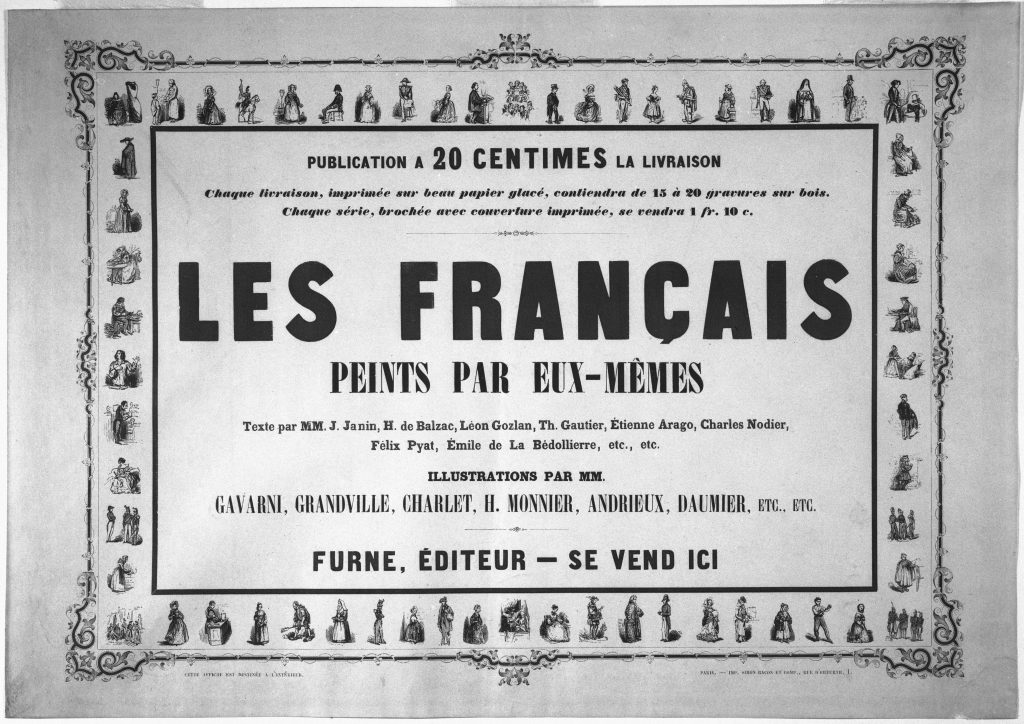
In 1836, Émile de Girardin launched a daily paper called La Presse with a subscription price of half the going rate. While the periodical remained expensive, it was the beginning of a democratisation of the press. Émile de Girardin compensated for this reduction in cost, not only by increasing readership, but with revenues from publicities. Advertising, previously unknown in the press, was to occupy an increasingly significant place, and newspapers quickly became a consumer staple.
In its various forms, from posters to inserts, advertising disrupted the economics of the press and of books; publishers would soon develop new strategies to give works greater visibility by promoting fashionable writers by name or vaunting the quality of the illustrations.



